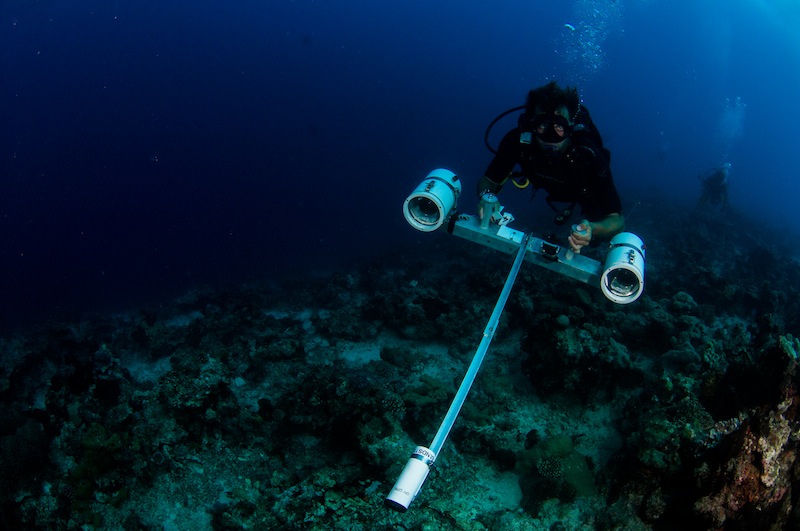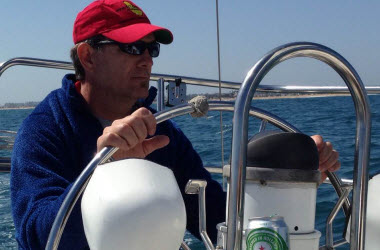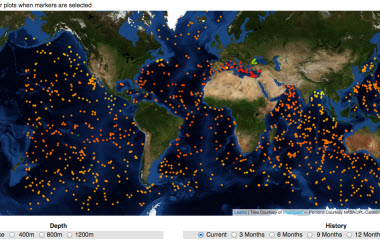June 14, 2016
It’s a crucial time for the world’s coral reefs and there’s no better time for scientists to share what they know.
I’ll be there in Hawaii at the International Coral Reef Symposium (June 19 - 24) as scientists discuss a wide range of topics including basic distributions and patterns of fishes and coral, conservation and management actions, and solutions to help mitigate the impacts of climate change.
The presenters include an Ocean First Education grantee who will talk about mesophotic reef systems, the coral reefs that exist beyond typical SCUBA limits at depths where it’s dark (between 50 and 150 meters).
The data are bleak. We are on the tail end of some of the world’s worst coral bleaching. Look no further than the fact that 93 percent of the Great Barrier Reef shows signs of bleaching. In all, 20 percent of the reef is expected to die.

I’ll discuss a project I conducted a few years back when we surveyed coral reef along the entire coast of east Africa. We sailed the entire coast, stopping every 100 km to conduct rigorous surveys using both stereo-video cameras and still cameras to determine abundance, diversity, and biomass data of fish populations.
This was the first extensive survey of the east African coral reefs and we incorporated surveys across a wide range of human use and pressure. We measured pristine remote reefs and those under protection through marine management plans, such as marine protected areas. We also surveyed areas where fishing pressures are heavy and some where dynamite fishing continues to this day.
Our research has helped advance conservation strategies in the region but some of the findings buck normal trends. They indicate that what we know from other spots around the world may not apply in east Africa.
For instance?
Well, one general rule of thumb is that species richness usually declines as we move away from the equator but this does not occur off the coast of east Africa. We found numerous spots along the coast that were very poor in the number of species and other areas were quite rich, but this was not related to latitude.

Furthermore, generally as you move along the coast the number of shared species from the start point to the end decreases, but this did not happen. We found over ~70% of the species found in the north were still found in the south; here wasn’t a decrease at all. This indicates that the species along the whole coast are generalists and are suited to a wider range of environmental variables.
For Ocean First Education, attending a conference of this scale is a testament to our commitment to science and research and ensures we keep up to date with the latest scientific findings from around the world. This in turn enhances the education materials we develop and it keeps our students informed of the latest science trends.
Keep a lookout on twitter (@OceanFirstEdu) from the 20th - 24th of June, as I'll be tweeting from the conference and providing peeks into the talks and workshops I attend.




